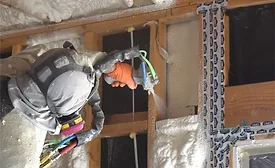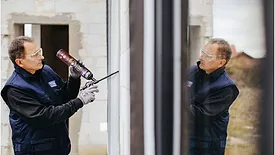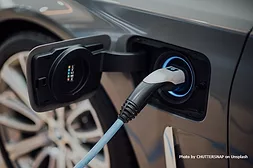Home » Keywords: » foams
Items Tagged with 'foams'
ARTICLES
Selecting the Correct Type of Pressure-Sensitive Adhesive Tape
End-users of pressure-sensitive adhesive tapes should consider a variety of factors as they choose the correct tape for their application.
June 7, 2023
Electric Vehicle Market Advances Generate Adhesive Technology Innovations
As the electric vehicle market evolves and develops, adhesive manufacturers create new technologies to meet these needs.
February 11, 2022
Keep the info flowing with our newsletters!
Get the latest industry updates tailored your way.
JOIN TODAY!Copyright ©2025. All Rights Reserved BNP Media.
Design, CMS, Hosting & Web Development :: ePublishing






.webp?height=168&t=1686719566&width=275)


